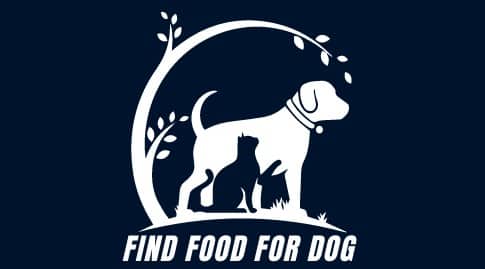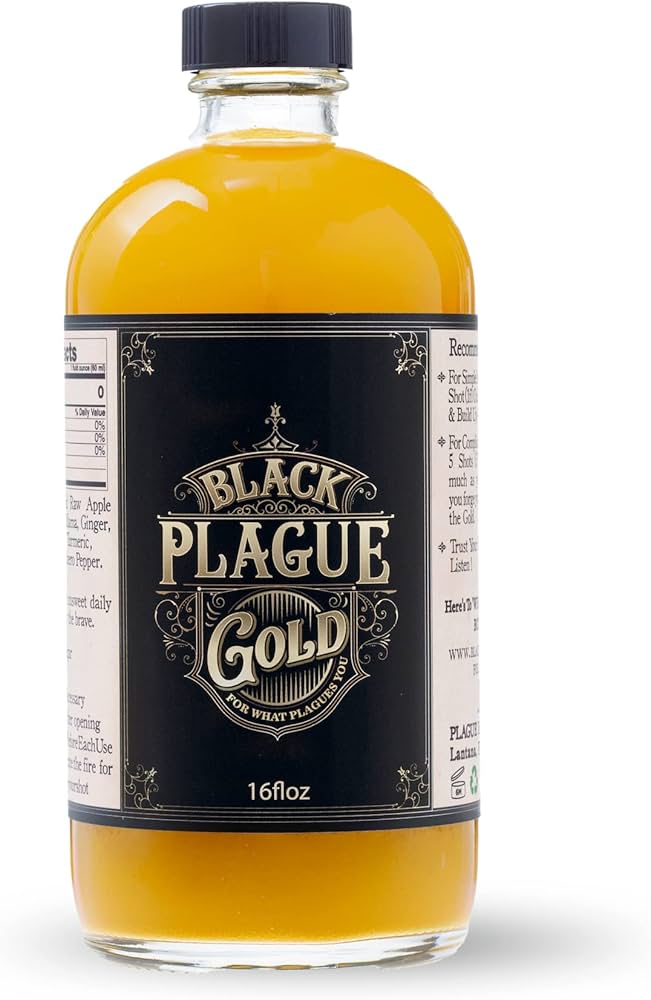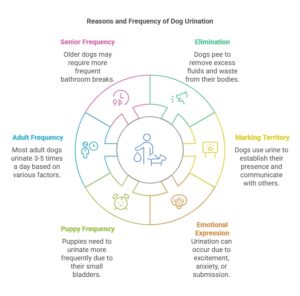Raw dog food consists of uncooked meat, bones, and vegetables. This diet aims to mimic the natural eating habits of dogs' ancestors.
Raw dog food has gained popularity among pet owners seeking healthier options for their furry companions. Proponents argue that this diet can enhance coat quality, improve digestion, and boost energy levels. Many believe that raw food helps prevent certain health issues, promoting overall well-being.
However, transitioning to raw dog food requires careful planning. It’s essential to balance nutrients to ensure dogs receive all necessary vitamins and minerals. Consulting a veterinarian before making any dietary changes is crucial. This approach guarantees that pet owners provide a safe and nutritious diet tailored to their dog's specific needs.
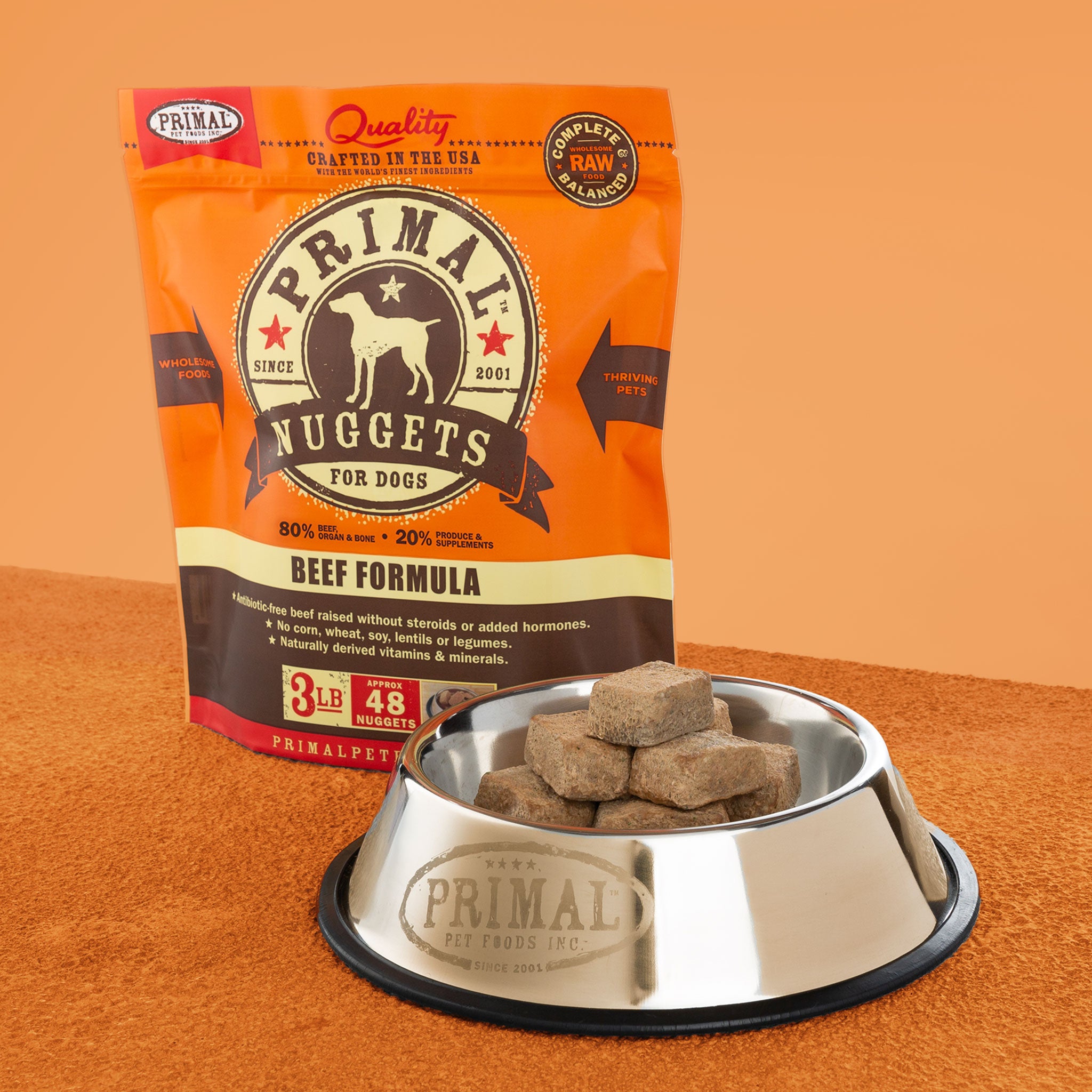
Credit: primalpetfoods.com
Table of Contents
ToggleBenefits Of Raw Dog Food
Raw dog food is a popular choice among pet owners. It is made from fresh, uncooked ingredients. Many believe it offers several health benefits for dogs. This post explores the advantages of raw dog food. Two key benefits include improved digestion and a healthier coat.
Improved Digestion
Raw dog food can lead to better digestion. It often contains natural ingredients that are easy for dogs to digest. Dogs are carnivores, and their bodies are designed to eat raw meat. Here are some key points about improved digestion:
- Natural Enzymes: Raw food has enzymes that help break down food.
- Less Processed: Raw food is less processed, making it easier to digest.
- Fewer Fillers: Many commercial dog foods have fillers that can upset stomachs.
Studies show that dogs on a raw diet may have firmer stools. This is a sign of good digestion. Below is a simple comparison of digestion types:
| Type of Food | Digestibility |
|---|---|
| Raw Dog Food | High |
| Processed Dog Food | Moderate |
Many pet owners notice a change in their dog's energy levels after switching to raw food. A happy and healthy dog is often a result of better digestion.
Healthier Coat
A raw diet can also improve a dog’s coat. The nutrients in raw food help maintain shiny and soft fur. Healthy fats, vitamins, and minerals are crucial for coat health. Below are some benefits of a raw diet for fur:
- Omega Fatty Acids: Found in raw meat, these acids keep skin moisturized.
- Vitamins: Fresh fruits and veggies add essential vitamins for a shiny coat.
- Hydration: Raw food has moisture that helps skin stay hydrated.
Many pet owners report seeing a noticeable difference in their dog's coat. Below is a table showing the benefits:
| Benefit | Effect on Coat |
|---|---|
| Omega Fatty Acids | Shinier Fur |
| Vitamins | Healthier Skin |
| Moisture | Reduced Flakiness |
A healthier coat often reflects overall well-being. With raw dog food, dogs can enjoy a vibrant, shiny coat.
Common Ingredients
Raw dog food is a popular choice among pet owners. It offers a natural diet that many believe is healthier. This diet usually consists of fresh ingredients. Knowing the common ingredients in raw dog food helps owners make the best choices for their dogs.
Meat Sources
Meat is the main part of a raw dog food diet. It provides essential proteins and nutrients. Different types of meat can be used, including:
- Chicken
- Beef
- Lamb
- Turkey
- Fish
These meats can be fed raw or lightly cooked. Each type of meat has unique benefits. For example:
| Type of Meat | Benefits |
|---|---|
| Chicken | High in protein and easy to digest |
| Beef | Rich in iron and essential fatty acids |
| Lamb | Good for dogs with allergies |
| Turkey | Lean meat with low-fat content |
| Fish | High in omega-3 fatty acids for skin health |
Always ensure the meat is fresh and safe. Avoid using processed meats. They can contain harmful additives.
Vegetables And Fruits
Vegetables and fruits provide fiber and vitamins. They help with digestion and overall health. Some common options include:
- Carrots
- Spinach
- Sweet potatoes
- Blueberries
- Apples (without seeds)
These foods can be mixed with meat. They can be served raw or cooked, depending on the dog's preferences. Each option has its benefits:
| Vegetable/Fruit | Benefits |
|---|---|
| Carrots | Good for teeth and full of vitamins |
| Spinach | Rich in iron and antioxidants |
| Sweet Potatoes | High in fiber and great for digestion |
| Blueberries | Low in calories and packed with nutrients |
| Apples | Good source of vitamins A and C |
Always wash fruits and vegetables before serving. Avoid toxic options like grapes and onions. A balanced diet is key to a happy, healthy dog.
Nutritional Balance
Raw dog food is becoming popular among dog owners. Many believe it provides a more natural diet. Nutritional balance is key to keeping dogs healthy and active. Understanding essential nutrients helps ensure that dogs get what they need. This guide will explore the important nutrients and how to avoid deficiencies.
Essential Nutrients
Dogs require a variety of essential nutrients for optimal health. These nutrients support growth, energy, and overall well-being. Here are the key nutrients that should be included in a raw dog food diet:
- Proteins: Needed for muscle development and repair.
- Fats: Provide energy and support skin and coat health.
- Carbohydrates: Offer energy and aid digestion.
- Vitamins: Essential for immune function and overall health.
- Minerals: Important for bone health and metabolic functions.
Here’s a simple table showing the recommended nutrient ratios:
| Nutrient | Recommended Percentage |
|---|---|
| Proteins | 30-50% |
| Fats | 10-20% |
| Carbohydrates | 20-30% |
| Vitamins and Minerals | As needed |
Providing a balanced mix of these nutrients helps dogs thrive. Always consult with a vet before changing a dog's diet.
Avoiding Deficiencies
Avoiding nutrient deficiencies is crucial for your dog's health. Deficiencies can lead to serious health issues. Regularly checking the diet helps ensure dogs receive all necessary nutrients. Here are some common deficiencies to watch for:
- Protein Deficiency: Can cause muscle loss and weakness.
- Fat Deficiency: May lead to dry skin and poor coat quality.
- Vitamin A Deficiency: Can cause vision problems and skin issues.
- Calcium Deficiency: May lead to weak bones and dental problems.
To avoid these deficiencies, consider the following tips:
- Rotate proteins in the diet, such as chicken, beef, and fish.
- Include organ meats for added vitamins and minerals.
- Use supplements if recommended by a veterinarian.
- Monitor your dog's health regularly with a vet check-up.
Keeping a close eye on your dog's diet helps prevent health issues. A balanced and varied diet is the best way to ensure that dogs stay healthy.
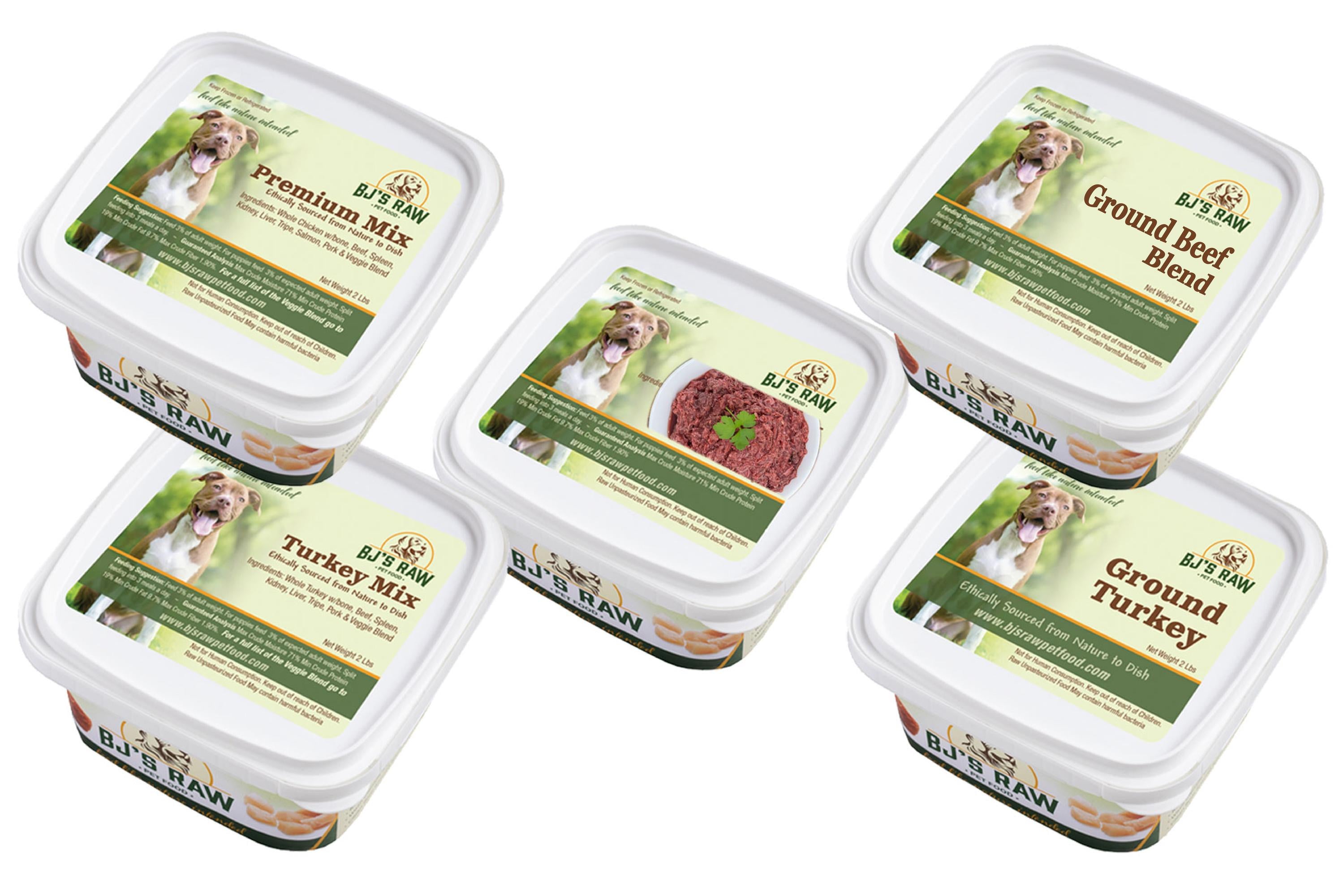
Credit: www.bjsrawpetfood.com
Feeding Guidelines
Raw dog food is becoming popular among pet owners. Many believe it is healthier for dogs. Feeding guidelines help ensure dogs receive the right amount of food. Understanding portion sizes and meal frequency is essential for your dog's health.
Portion Sizes
Determining the correct portion sizes is vital for your dog's well-being. The amount of food your dog needs depends on their size, age, and activity level. Here are some key points to consider:
- Small dogs (up to 20 lbs): 1/2 to 1 cup per day
- Medium dogs (20-50 lbs): 1 to 2 cups per day
- Large dogs (50-100 lbs): 2 to 4 cups per day
- Giant dogs (over 100 lbs): 4 to 8 cups per day
It is important to adjust these portions based on your dog's needs. A growth chart can help track your dog's weight and health. Regular vet visits will also help ensure proper portion sizes.
| Dog Size | Daily Portion (Cups) |
|---|---|
| Small (up to 20 lbs) | 1/2 – 1 |
| Medium (20-50 lbs) | 1 – 2 |
| Large (50-100 lbs) | 2 – 4 |
| Giant (over 100 lbs) | 4 – 8 |
Meal Frequency
Feeding frequency plays a big role in your dog's health. Puppies need more meals than adult dogs. The following guidelines can help:
- Puppies (up to 6 months): Feed 3-4 times a day
- Young dogs (6 months to 1 year): Feed 2-3 times a day
- Adult dogs (1 year and older): Feed 1-2 times a day
Consistency in feeding times helps your dog feel secure. Always provide fresh water with each meal. Observe your dog for any signs of hunger or fullness. Adjust the feeding schedule as needed.
Transitioning To Raw Food
Raw dog food is becoming popular among dog owners. It offers many health benefits for dogs. Transitioning to raw food can be exciting but needs care. A gradual approach is the best way to help your dog adjust.
Gradual Changes
Making gradual changes to your dog's diet is very important. A sudden switch can upset their stomach. Start by mixing raw food with their current food. This helps their body adapt to the new diet.
- Week 1: Mix 25% raw food with 75% regular food.
- Week 2: Change to 50% raw food and 50% regular food.
- Week 3: Increase to 75% raw food and 25% regular food.
- Week 4: Feed 100% raw food if your dog adjusts well.
Keep an eye on your dog during this time. Watch for any changes in behavior or health. Table 1 shows common raw food types:
| Raw Food Type | Benefits |
|---|---|
| Raw Meat | High protein and energy |
| Raw Bones | Good for teeth and gums |
| Fruits and Vegetables | Vitamins and minerals |
Always check that the food is safe for dogs. Some human foods can be harmful.
Signs Of Adjustment
After starting a raw food diet, watch for signs of adjustment. Dogs may react differently to new foods. Healthy signs include a shiny coat and improved energy levels.
- Better digestion: Fewer gas and less stool.
- Increased energy: More playfulness and activity.
- Healthy skin: Less itching or dryness.
- Strong teeth: Clean and strong teeth and gums.
If you notice any unhealthy signs, it may mean your dog is not adjusting well. These signs can include:
- Vomiting or diarrhea: This can show upset stomach.
- Lethargy: Less energy than usual.
- Refusal to eat: Not wanting to eat raw food.
Consult a vet if you see these signs. They can help you make the right choices for your dog's health.

Credit: blog.homesalive.ca
Safety And Risks
Raw dog food is a popular choice for many pet owners. It offers natural nutrition for dogs. However, there are important safety and risks to consider. Proper handling and preventing contamination are vital for your dog's health.
Handling Raw Ingredients
Handling raw ingredients safely is crucial for your dog's well-being. Follow these steps to ensure safety:
- Wash your hands: Always wash your hands before and after handling raw food.
- Use separate tools: Use different cutting boards and utensils for raw meat.
- Store correctly: Keep raw ingredients in the fridge or freezer.
- Check for freshness: Always inspect the ingredients for any signs of spoilage.
Here is a table outlining safe temperatures for storing raw ingredients:
| Ingredient | Refrigerator Temperature (°F) | Freezer Temperature (°F) |
|---|---|---|
| Raw Meat | 32 – 40 | 0 or below |
| Raw Vegetables | 32 – 40 | 0 or below |
| Raw Eggs | 32 – 40 | 0 or below |
Following these steps helps keep your dog safe from harmful bacteria.
Preventing Contamination
Preventing contamination is essential for raw dog food. Here are simple ways to avoid germs:
- Clean surfaces: Clean countertops and tables before preparing food.
- Use hot water: Wash dishes and utensils with hot, soapy water.
- Keep pets away: Prevent pets from getting near raw food during prep.
- Discard leftovers: Throw away any uneaten food after two hours.
Here’s a quick checklist to prevent contamination:
- Have a separate area for raw food preparation.
- Wear gloves while handling raw ingredients.
- Store raw food away from ready-to-eat items.
Being careful helps keep your furry friend healthy and safe from illness.
Frequently Asked Questions On Raw Dog Food for Dogs
What Are The Benefits Of Raw Dog Food?
Raw dog food offers numerous benefits, including improved digestion and healthier skin. It can also enhance energy levels and promote a shinier coat. Additionally, raw diets often contain fewer additives and preservatives. This natural approach can lead to better overall health for your furry friend.
Is Raw Dog Food Safe For My Dog?
Yes, raw dog food can be safe if prepared and handled properly. It's essential to source high-quality ingredients and maintain strict hygiene. Consult your veterinarian to ensure the diet meets your dog's specific nutritional needs. Monitoring your dog’s health during the transition is also crucial for safety.
How Do I Transition My Dog To Raw Food?
Start by gradually introducing raw food into your dog's diet. Mix small amounts of raw food with their regular kibble. Increase the raw portion over several days while decreasing kibble. Keep an eye on your dog’s response and adjust as needed to ensure a smooth transition.
What Ingredients Are In Raw Dog Food?
Raw dog food typically includes meat, bones, fruits, and vegetables. Common protein sources are chicken, beef, and fish. Some diets also incorporate organ meats for additional nutrients. Always check labels to ensure a balanced and complete diet that meets your dog's specific needs.
Conclusion
Raw dog food can significantly enhance your pet's health and vitality. By providing a balanced diet rich in nutrients, you support their overall well-being. Always consult with a veterinarian before making dietary changes. Embrace the benefits of raw feeding for a happier, healthier dog.
Your furry friend will thank you!
